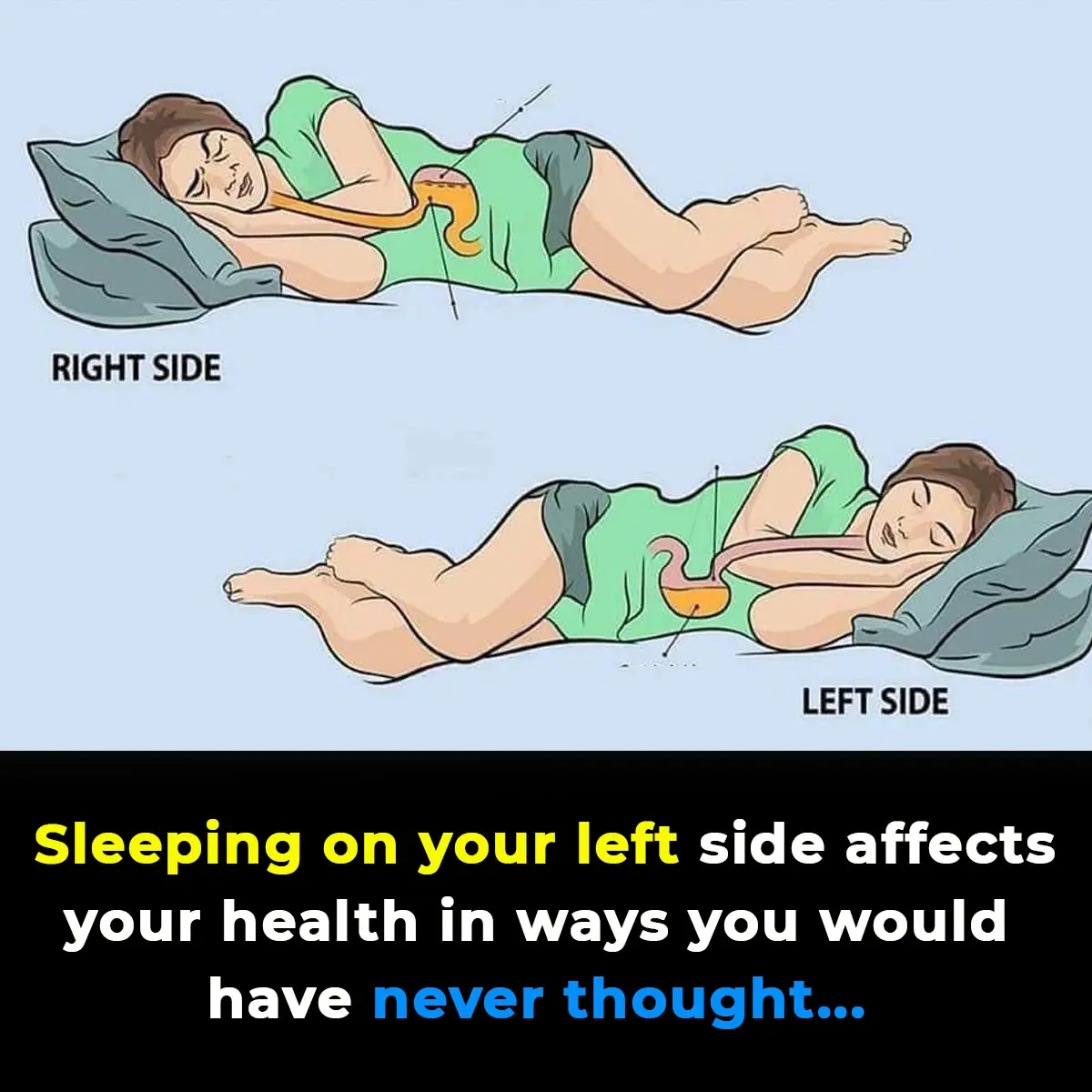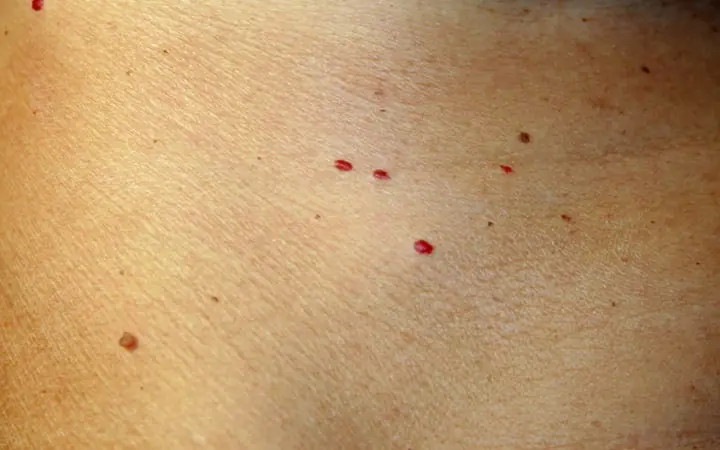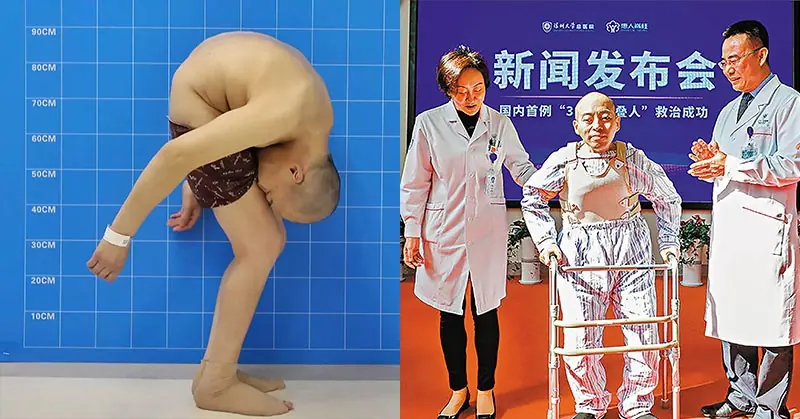
If you have these two holes in your back, it means you don’t…Read more

Back dimples, also known as dimples of Venus, occur due to a visible attachment of the skin to the iliac bone, creating small, symmetrical indentations on the lower back. These natural features are found where the pelvis connects with the spine, often giving a defined and aesthetically pleasing look.
While many people associate back dimples with fitness, low body fat, or strong genetics, the reality is more nuanced. Their appearance is primarily influenced by the underlying bone structure, rather than muscle tone or overall body fat percentage. In other words, having these dimples is more about how your bones are shaped than how much you work out.
One widespread belief is that back dimples are a sign of good blood circulation and a strong lower back, which may suggest better physical performance or stamina. Others go even further, claiming that individuals with these indentations are naturally more flexible, making it easier to engage in physical activities such as yoga, dance, or gymnastics.
However, it’s important to note that these claims are largely anecdotal. There is currently no strong scientific evidence to support the idea that back dimples enhance physical performance, flexibility, or blood flow. They are, for the most part, a genetic trait, not a marker of superior health.
What is certain is that back dimples are often considered an attractive and desirable physical feature, symbolizing symmetry, proportion, and natural definition in the lower back area. This perception has led to a variety of myths and assumptions surrounding them.
Another common myth is that people with back dimples are less likely to accumulate fat in that area or that they have a metabolic advantage. While it's true that the dimples may be more visible in individuals with lower body fat, their presence does not guarantee any fat-burning benefits or special metabolic traits.
Ultimately, back dimples are entirely genetic and do not indicate your fitness level, health status, or physical capabilities. If you don’t have them, it does not mean you are unfit, unhealthy, or lacking in any way—it simply reflects a different skeletal structure.
Conversely, if you do have them, it’s just a unique anatomical feature and not a sign of enhanced health or ability. They are neither better nor worse—just one of many ways the human body can express its natural diversity.
Disclaimer:
The presence or absence of back dimples should never be used as an indicator of a person’s health, fitness, or physical ability. This article is intended for general informational purposes and is not medical advice. If you have concerns about your health, body structure, or physical condition, it is always best to consult with a qualified healthcare professional.
News in the same category


8 Ways To Get Rid Of Phlegm And Mucus In Chest And Throat

Doctor Reveals Surprising Thing That Occurs When You Don’t Eat – and It’s The ‘Opposite’ of What Most People Think

10 Signs You May Have Kidney Disease

This is what sleeping on the left side does for our brain, stomach & glymphatic health

This Is What Happens When You Eat Too Much Sugar—#7 Will Sh0ck You!
Learn to recognize the red flags of sugar overload before it sabotages your health

Heart Surgeon Reveals 4 Foods You Should ‘Always Avoid’ That Will ‘Poison’ Your Body

Natural Skin Care: What Can You Try To Remove Age Spots, Moles, Skin Tags, Warts, And Blackheads?

10 Signs You’re Living With Clogged Arteries

Teen Girl Hospitalized After Inserting Pen Inside Herself – Doctors Issue Urgent Warning

Experts Urge You to Stop Eating These 8 Foods That Are Proven to Cause Cancer

How to Use Apple Cider Vinegar for High Blood Pressure (Evidence Based)

Instant Noodles Are Linked to Stroke, Diabetes, and Weight Gain According to Studies

How to Remove Skin Tags and Warts Naturally and Cheaply at Home

Amazing Health Benefits of Chicken Feet You Should Know

13 of The Best Natural Muscle Relaxers to Help With Cramps

Military Sleep Method Is 96% Successful and Will Send You to Sleep in Two Minutes

WHAT DO THESE RED DOTS ON YOUR SKIN MEAN?

7 Early Signs Your Heart May Be in Danger – Don’t Ignore #3!
News Post

Man Folded In Half Stands Straight After 28 Years

What Does it Symbolize When a Person Who Passed Away Shows up in Your Dream?

Mary Ann Bevan: The Tragic Story of the ‘World’s Ugliest Woman’

Pressure Points in Your Feet: Use This Foot Massage Chart for Pain Relief

8 Ways To Get Rid Of Phlegm And Mucus In Chest And Throat

Missing MH370 aircraft ‘found’ after Google Maps search

Doctor Reveals Surprising Thing That Occurs When You Don’t Eat – and It’s The ‘Opposite’ of What Most People Think

10 Signs You May Have Kidney Disease

This is what sleeping on the left side does for our brain, stomach & glymphatic health

The Last Day Of Life On Earth Has Been Calculated By NASA, This Is How Long We Have Left

Optical illusion reveals whether you’re an introvert or extrovert

Calls for popular smartphone to be banned from planes after another device catches fire

Trapped in Silence: Boy Awakens After 12-Year Coma With Terrifying Secret
Imagine suddenly being trapped inside your own body—fully conscious, aware of your surroundings, but completely unable to move, speak, or communicate in any way. For Martin Pistorius, this unimaginable scenario was reality for more than a decade. His st

Urgent warning issued to all iPhone users following release of iOS 18.6

Experts Warn of Imminent 'Cosmic Hell' That Could Wipe Out Mankind, Exact Time Revealed
Though the ending is billions of years away, the emerging evidence is shifting scientific consensus on cosmic fate. Understanding dark energy—the force shaping expansion—is one of the greatest unsolved mysteries in physics.

This Is What Happens When You Eat Too Much Sugar—#7 Will Sh0ck You!
Learn to recognize the red flags of sugar overload before it sabotages your health

Ancient tablet has been completely translated and has some terrifying predictions for humanity

Man Releases Chilling Never Seen Before Footage of Twin Tower Collapse

Heart Surgeon Reveals 4 Foods You Should ‘Always Avoid’ That Will ‘Poison’ Your Body
